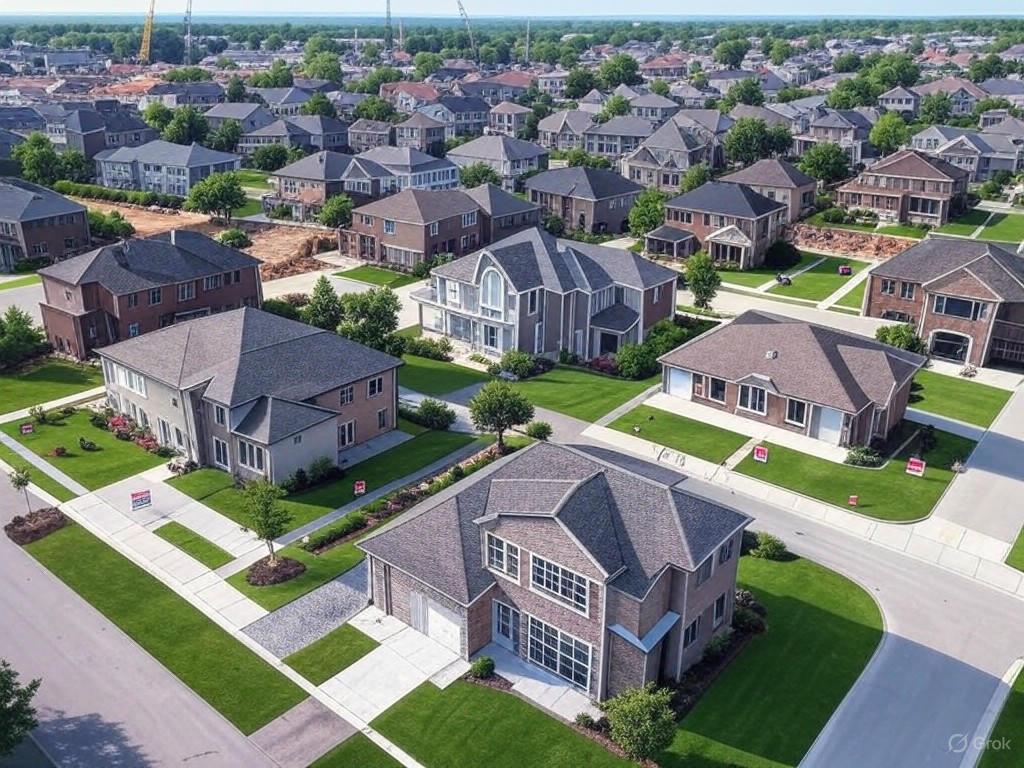As 2025 unfolds, the U.S. housing market finds itself at a critical juncture—faced with a significant increase in inventory, which has begun to shift the landscape of home prices. Across the nation, the number of homes available for sale has climbed, marking the first time in years that buyers have had such a wide array of choices. This development has set the stage for a potential easing in home prices, which could benefit buyers previously priced out of a heated market.[1]
In May, the inventory of homes for sale jumped by a striking 31.5% compared to the previous year, surpassing the million-mark for the first time since pre-pandemic days. This rise is largely attributed to increased construction in various metro areas and the willingness of more homeowners to list their properties. Notably, cities like Washington D.C., Las Vegas, and San Diego have witnessed some of the most significant inventory boosts, with listings increasing by over 60% year-over-year.[2] However, these increases have not been uniform across the country, with regions that historically lagged in new construction, such as the Midwest and Northeast, still facing low supply levels.
The surge in housing inventory has inevitably put pressure on home prices. Experts predict a national dip in home prices by the end of 2025, reversing years of consistent growth. The median list price for homes recently stabilized at $440,000, barely moving from last year. This stabilization hints at sellers adjusting expectations due to heightened competition and a competitive buyers' market, particularly in regions with rapid inventory growth.[3]
Nevertheless, with this new abundance of homes comes a layered challenge—affordability. Despite the potential for price softening, rising mortgage rates have continued to weigh on the market. For many potential buyers, these rates remain a daunting barrier to home ownership. Although more homes are available, the affordability crisis looms large, maintaining tension between supply and cost-effectiveness. Sellers in regions where demand remains weak are already resorting to price reductions, with nearly 19.1% of listings seeing cuts as sellers vie for buyer attention.[4]
The current picture painted by the housing market is one of cautious optimism. With more homes entering the market, buyers find themselves in a stronger position to negotiate, though economic uncertainties and high mortgage rates keep the market from fully tipping in their favor. As we progress through 2025, the interplay between increased supply, buyer expectations, and broader economic conditions will continue to shape the housing market narrative.
References:
1. May 2025 Monthly Housing Market Trends Report
2. Over 1 Million Homes for Sale Across US as Inventory Piles Up







